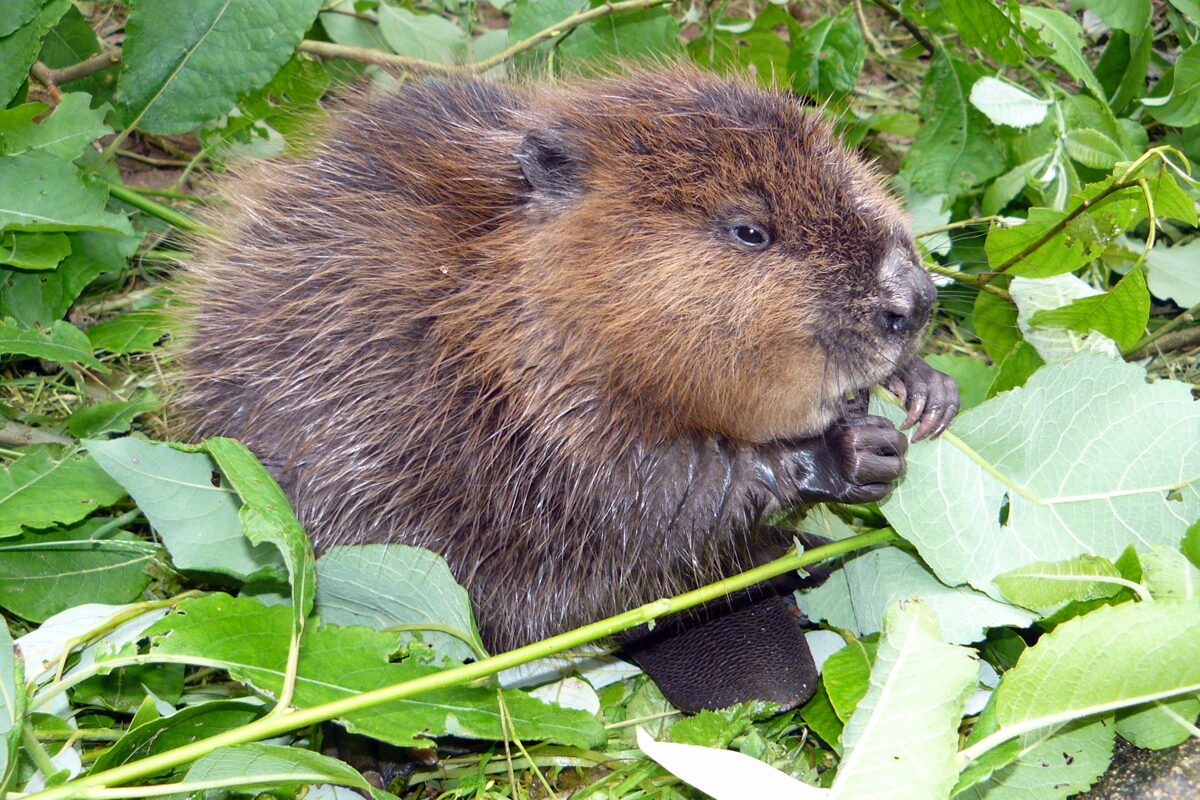Where do they live?
Beavers are much more comfortable in water than on land, so they live in all kinds of water bodies and watercourses. They build a dome-shaped house out of branches and mud, with several rooms inside. Each room has its own function - it can be a food storage area, a hiding place or a sleeping area for themselves and their young. The entrance to the beaver lodge is always below water level to protect it from predators. A family of beavers will occupy a stretch of the river of about 1 km in length. Beavers mark their territory with their droppings. This is their early warning to other beavers - don't come near! The warning signal is a loud thump of the tail against the surface of the water. When boundaries are crossed, beavers become aggressive towards their own species.
How do they live?
Beavers are monogamous. They live in families consisting of the parents and the offspring of the last two litters. Kits are born in May. Year-old beaver young help their parents care for their newborns. When a beaver reaches the age of two, it leaves its family home during the spring floods and goes in search of a mate to build a new home with.
What do they eat?
When people see trees being felled by beavers, they often think that the beavers are eating the trunks. Beavers are herbivores and eat plant leaves, tree bark, various sprouts and other soft and pleasant herbs. Beavers gnaw and cut down large trees for a number of reasons: to get at the juicy leaves, to get material for building dams, and to wear down their teeth, which grow throughout their lives.
Did you know?
- The beaver is the largest rodent in Europe.
- The beaver's impressive tail is useful both as a paddle and as a wheel.
- Beavers were almost hunted for their fur and fat in the 19th century. In the 20th century, they were reintroduced to their former homes. Today, beavers are common in northern Eurasia, but they are still an extinct species in southern Europe.
Myths and truth
Although they live in water, beavers do not eat wood or fish. Beavers are herbivores and prefer to snack on fresh and lush herbs. Castoreum, a substance collected from the glands of beavers, has been attributed with healing properties for centuries, but there is no scientific basis for this.

